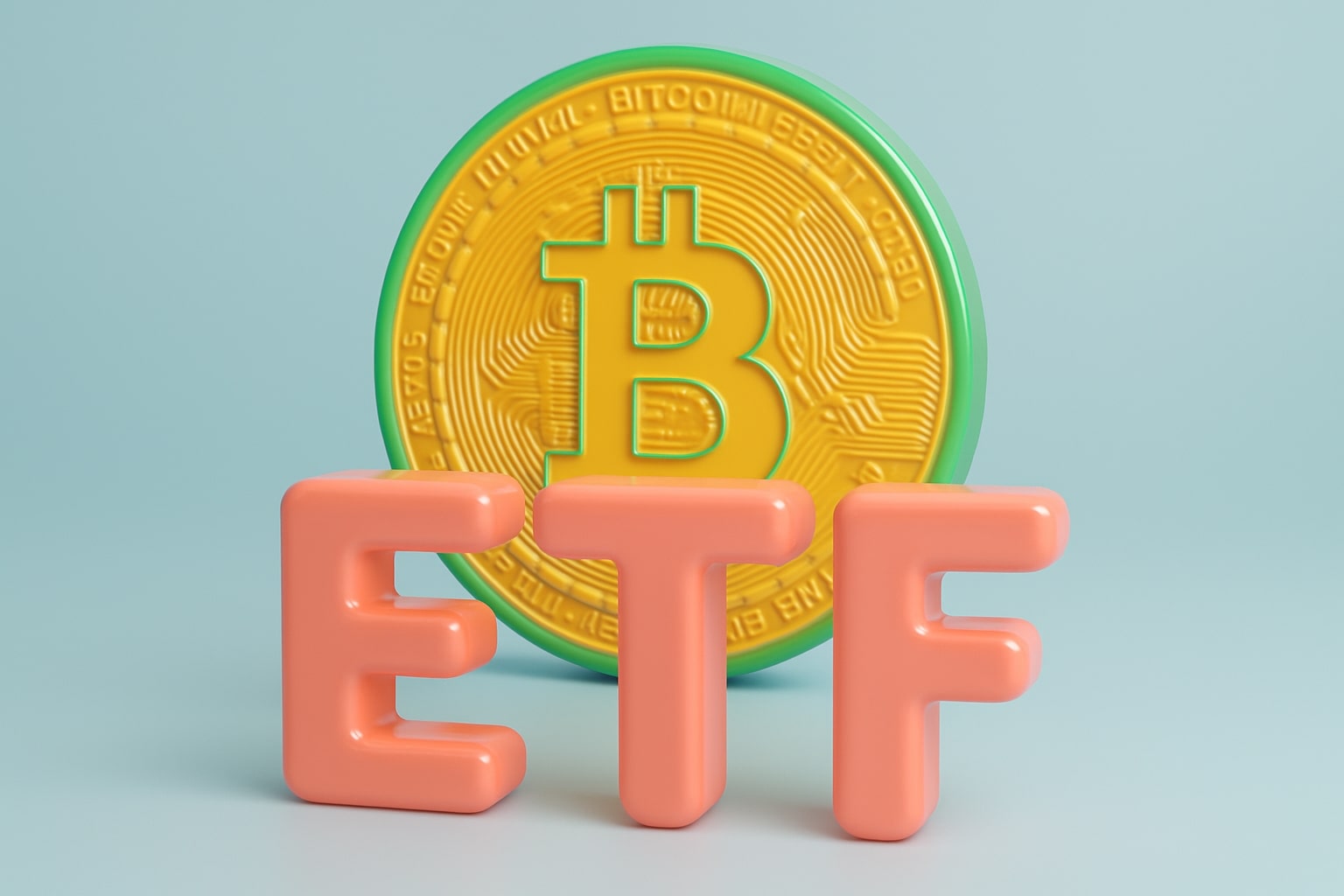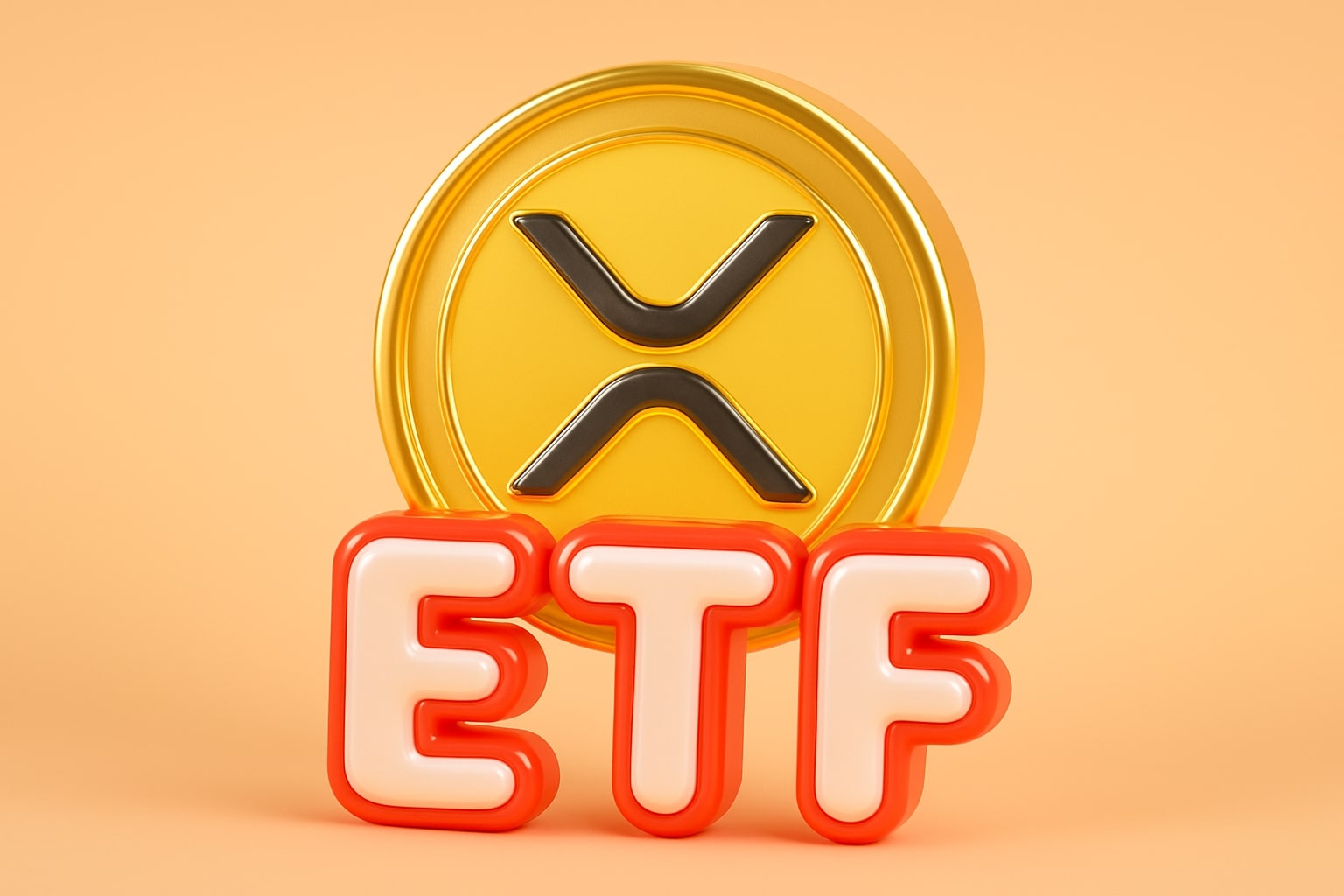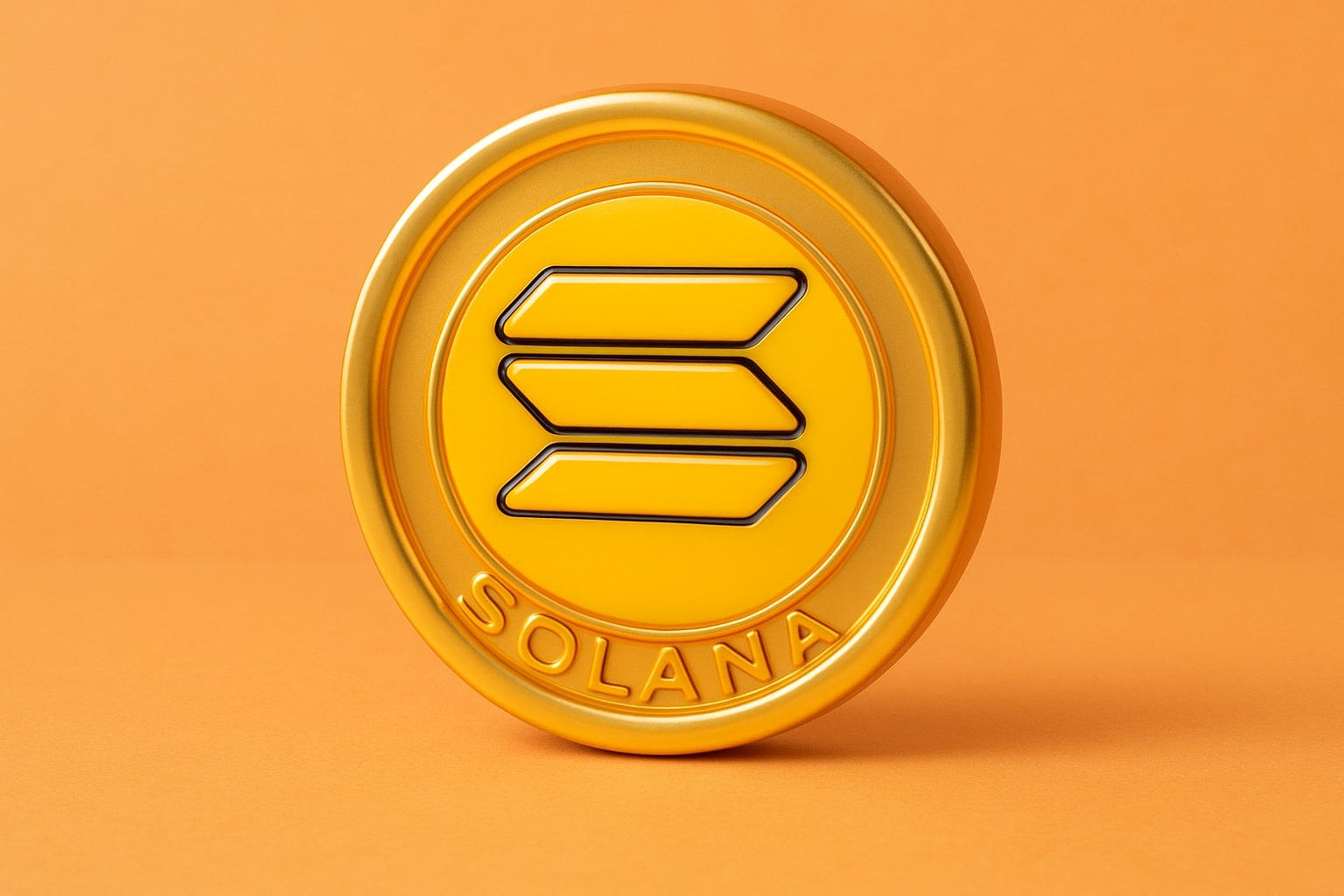Bitcoin ETF Inflows: Institutional Rotation, BlackRock’s Dominance, and Market Impact
BlackRock’s Bitcoin ETF Surpasses Exchange Holdings
BlackRock’s iShares Bitcoin Trust (IBIT) has solidified its position as the world’s largest institutional Bitcoin (BTC-USD) custodian. Holdings have climbed to roughly 745,357 BTC, now larger than Coinbase’s 706,150 BTC and far ahead of Binance’s 584,557 BTC. This marks a pivotal shift in market structure: ETFs are no longer just financial wrappers but have become the preferred custody solution for institutional investors. The concentration of supply into IBIT reduces liquid Bitcoin available on exchanges, tightening the float and raising the sensitivity of prices to marginal flows. With BTC trading around $111,400, this structural shift is reinforcing institutional control over liquidity.
ETF Flows Signal Sentiment Recovery
After six consecutive sessions of outflows totaling $1.2 billion, Bitcoin ETFs snapped the streak with $219 million of net inflows on August 25. Fidelity captured $65.56 million, BlackRock added $63.38 million, and ARK Invest brought in $61.21 million, accounting for over 85% of the day’s inflows. This turnaround coincided with Jerome Powell’s accommodative remarks, which shifted the “Crypto Fear & Greed Index” from fear to 60, firmly in greed territory. The timing is notable — BTC had just corrected 11% from its all-time high of $124,128 to $111,636, suggesting that institutional buyers used the dip to re-accumulate through ETFs rather than exchanges.
Ethereum ETFs Outpace Bitcoin in Inflows
While Bitcoin funds are regaining momentum, Ethereum ETFs have dominated the latest flows. On August 26, ETH ETFs attracted $455 million in net inflows compared to just $88 million for Bitcoin. BlackRock’s ETHA alone absorbed $323 million, while Fidelity’s FETH brought in $85.5 million. Cumulative assets under management for U.S. ETH ETFs are now near $16.5 billion, holding 3.775 million ETH. This rotation highlights institutions’ appetite for yield-bearing assets, as staked Ethereum offers returns unavailable in Bitcoin. ETH price climbed 4.5% to $4,615 on the same day, while BTC stayed near $112,000, underscoring the capital rotation narrative.
Declining Exchange Inflows Reduce Selling Pressure
On-chain data from CryptoQuant shows Bitcoin’s 30-day moving average of exchange inflows has dropped to its lowest since May 2023. Coinbase and Binance have both reported historically low BTC deposits, reinforcing the picture of reduced short-term selling pressure. For ETH, the 30-day mean inflows have fallen back to levels last seen in April 2023, even though ETH trades more than twice as high at $4,600 compared to $1,700 then. Investors appear less inclined to send coins to exchanges, preferring ETF and cold storage, which creates a structurally tighter supply backdrop for both BTC and ETH.
Market Structure: ETF Balances vs Exchange Balances
The market is undergoing a custody realignment. Coinbase, once the largest ETH custodian with over 8 million coins in 2019, now holds just 3.8 million ETH, down 52% in six years. Binance holds 4.7 million ETH, but its growth has stalled. BlackRock’s ETH ETF has already amassed 3.6 million ETH in under two months, closing in on Coinbase’s position. On the Bitcoin side, IBIT’s 745,000 BTC vaults it ahead of exchanges, concentrating holdings in regulated funds. This institutional capture changes how liquidity behaves in bull and bear cycles, as ETF holders historically display lower churn than retail exchange users.
Price Action and Technical Context for BTC-USD
Bitcoin has been volatile in the wake of ETF flows. After peaking at $124,128, BTC-USD retraced 11% to $111,600, where ETF inflows returned. Support lies around $110,000, with deeper downside levels at $106,500 if outflows resume. On the upside, reclaiming $115,000 opens the path toward $120,000, while $124,000 remains the resistance to break for new highs. With ETF balances correlated to price moves, renewed inflows could act as a lever to retest the highs quickly. The decline in spot exchange balances further tightens available liquidity, increasing the impact of incremental ETF demand.
Institutional Implications and Strategy
The dominance of ETFs in Bitcoin and Ethereum flows suggests a maturing market where regulated vehicles are crowding out exchange custody. BlackRock’s accumulation demonstrates the credibility institutions place in ETF wrappers, while the divergence in flows — $455 million into ETH versus $88 million into BTC on August 26 — signals an active rotation trade among asset managers. Still, Bitcoin’s $143 billion ETF net assets dwarf Ethereum’s $29.8 billion, showing BTC retains institutional primacy despite ETH’s short-term flow advantage.
Verdict on Bitcoin ETF Inflows
With IBIT overtaking exchange reserves, BTC-USD trading above $111,000, and ETF inflows resuming after $1.2 billion of withdrawals, the setup points to a bullish supply squeeze environment. The risk remains that Ethereum’s ETF momentum temporarily diverts capital, but structurally, Bitcoin ETFs remain the dominant institutional product with $143 billion in assets. On balance, Bitcoin ETF inflows reinforce a Buy stance on BTC-USD, with dips toward $110,000 presenting accumulation opportunities as supply continues to migrate into regulated, low-churn funds.


















